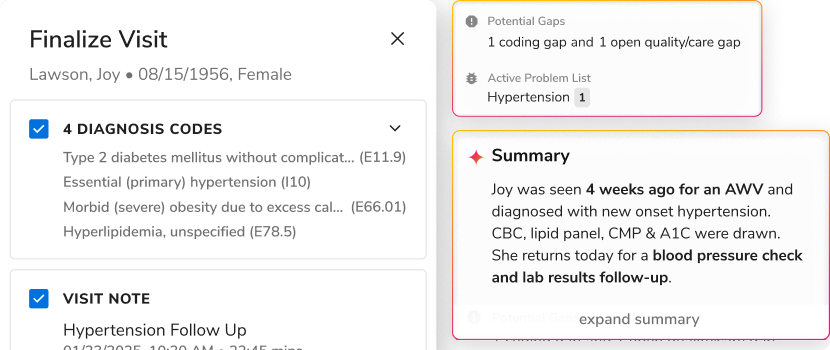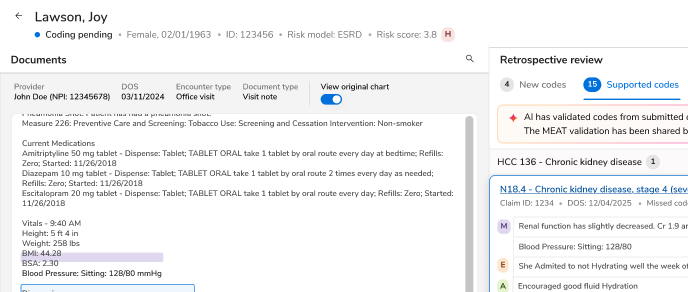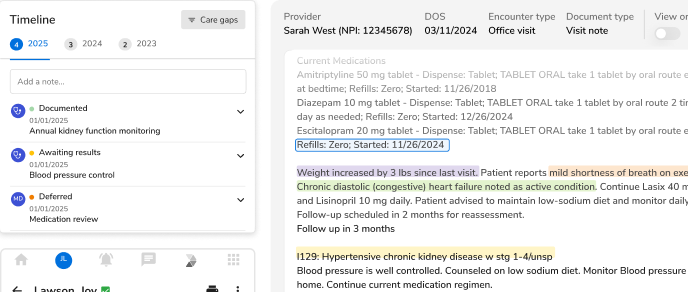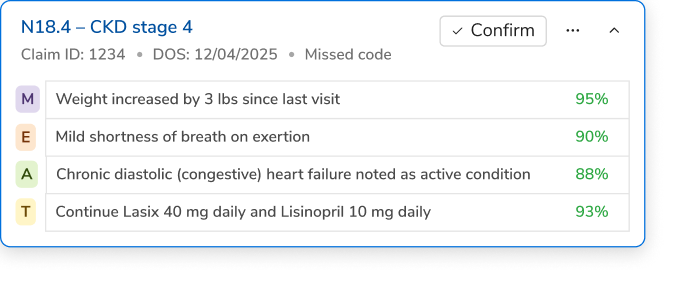Value-Based Care : A Promise that says ‘We Care’

Let’s go back couple of decades. Remember going to a physician and he would ask you to get X-ray, blood test and 10 other tests just for sprain? More often than not, patients would face something similar and if you hadn’t, then, trust me you were among the lucky ones. The rationale behind this could be somewhere around providing more and more services. Not surprisingly, sometimes even when they weren’t needed! ‘Fee-for-service’ model. The name says it all. A model where providers received payment for the services provided. The major flaw, as one would guess, was that the focus was on quantity of care, but not on the quality of care.
Why Value-Based Care?
When healthcare spending is over $10,000 per person, one would expect better outcomes! Like higher life expectancy or low birth mortality rate! None of that happened, but the variations in the cost of care went too high to ignore. The variation in the expenses was on an average almost 3 times the actual cost.
These variations persisted even after accounting for the social determinants and other factors. Greater expenditure did not reciprocate to better health outcomes. The recent data suggests, it probably won’t! As high as $3 trillion are being spent by the US Government on Health Care and still US has a higher infant mortality rate than other OECD nations!
What is Value-Based care for Patients and Providers?
Patients are the ones who get the best out of Value-Based Care. For a patient, it could mean easy access to affordable and effective care. For providers, it means utilizing past experiences to improve the quality of care. This will help in implementing next generation solutions and realizing dollars. But there is a lot more than just past experiences to Value-based care. Risk identification, timely intervention, reduction of readmission rates and many others. When there is a considerable improvement in the Population Health only then it could be said that true Value-Based Care is in place.
What’s holding Value-Based Care back?
If Value-Based Care is this good in reducing cost and making healthcare effective, then why haven’t can’t we completely implement it? What is the one missing piece of the puzzle, which is blocking the implementation of Value-Based Care? It isn’t just a piece, but pieces of the puzzle. Here are the challenges faced while implementing Value-Based Care.
- Data Exchange: When one talks about making health care better data sharing just cannot stay out of the picture! Failure in data sharing is one of the major roadblocks in the journey of Value-Based Care.
As a provider, how would you know the past of a new patient without access to his previous records? How would an ACO manage its network of hospitals? Data Sharing is really important from Population Health Management’s perspective. Everything is linked, but Data sharing is the root of the tree providing access to lowest hanging fruits! - Data Interoperability: There are numerous categories of Data in a hospital, numerous hospitals in a network and numerous networks! All of them have to share their Data, but all of them have their own ‘black box’ model. Even if they shared this data, how will one use it? You just can’t perform analysis on something which you don’t understand.
- Cost: Major reason behind Providers’ reluctance in adopting Value-Based Care could be attributed to the fact that it’s fairly tough to realize profit without supporting components. Value-Based Care needs an effective technological support to be successful. As a provider, you need to reduce the readmission rate, provide cost-effective treatment and improve population health. After one has dealt with all of that, there are claims data. This where most providers lose money and feel helpless. Imagine providing great care, but claims not going through because of lack of efficient mechanism!
All of this needs an advanced Big Data solution to track and monitor each and every patient! Performing analytics on the data of millions of patients manually isn’t like shooting fish in a barrel! Big Data is the backbone of Value-Based Care. Today, to realize dollars you need Value-Based Care, Big Data tags along.
- Risk Identification and Engagement: Assuming a provider has embraced Data and has different solutions to support the care model, but is it effective enough? For instance, a hospital employs Health Coaches for enhanced post-acute episode care. What if a patient with recent Heart Stroke was discharged and health coach gets to know about this seven days later. Wouldn’t employing a health coach be an effort in vain? What good could a solution do when it can’t even direct your attention to the population at risk? Or too slow to do that? Value-Based Care depends on such solutions, but they have to be prompt!
- Change Management: Change is the only thing, which is permanent! The recent transition to Value-based care from fee-for-service is one of the biggest changes seen in the industry. How an organization deals with it is of paramount importance! Are the providers ready to embrace new technology? Or are they reluctant to get help from Big Data?
Big Data. Big Solutions.
Value-Based Care is all about being ahead of the curve. That’s it! Imagine having a revolutionary product, which can not only sort out your claims data, but also performs analytics on it, providing meaningful insights. A product which keeps your health coaches in the loop, identifies risk and helps in planning timely interventions. The possibilities are innumerable! Just think about all the things that could be done once you’ve a next generation tool that performs aforementioned and a lot more.
Many say Value-Based Care is a curve ball. I disagree! I believe it’s definitely a Home Run!
For more updates , Subscribe

.png)





.png)









.svg)
.svg)

.svg)

